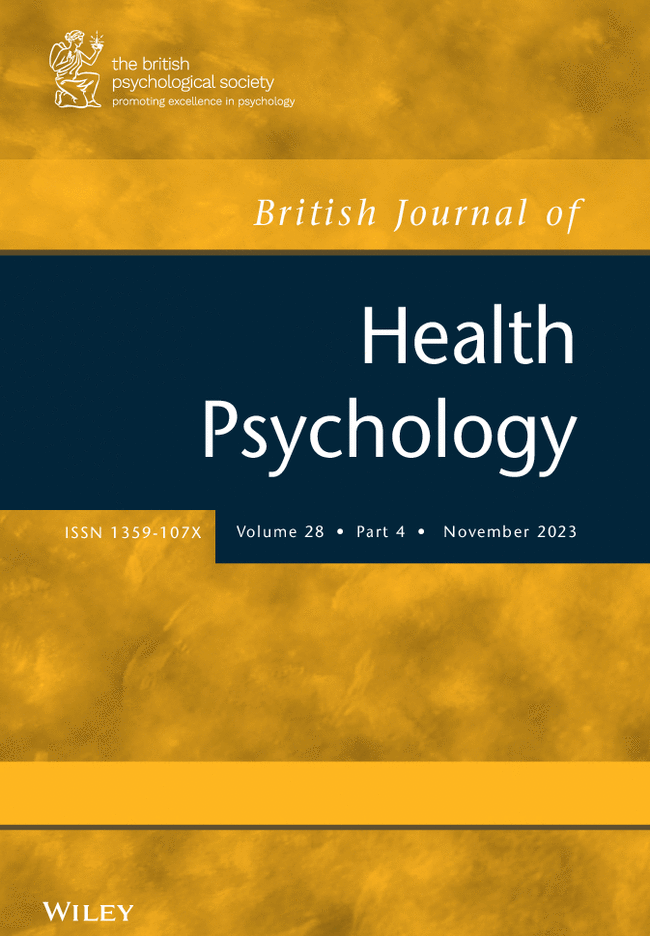Closing the intention-behaviour gap in physical activity: The moderating effect of individual differences in the valuation of physical effort
Abstract
Objective
Intention is a proximal antecedent of physical activity, but it often falls short of driving actual engagement in physical activity. Recently, it was suggested that the valuation of physical effort may explain the intention–behaviour gap. However, this hypothesis has not been formally tested. We aimed to examine whether individual differences in approach and avoidance tendencies towards physical effort moderate the strength of the association between intention and behaviour.
Methods
Four hundred and one English-speaking Canadian participants completed two online surveys separated by 1 week. Intention strength and individual differences in the tendencies to approach and avoid physical effort were first assessed, and moderate-to-vigorous physical activity was self-reported 7 days later. The moderating effect of approach and avoidance tendencies towards physical effort on the association between intention and physical activity was tested using linear regression models.
Results
Individual differences in approach tendencies (β = .11, p = .007), avoidance tendencies (β = −.11, p = .005) and in relative approach (vs avoidance) tendencies towards physical effort (β = .11, p = .005) moderated the association between the intention and moderate-to-vigorous physical activity. As expected, the association between intention and physical activity was stronger as approach tendencies towards physical effort increased, but weaker as avoidance tendencies increased. However, this moderating effect was only significant for vigorous physical activity, not for moderate physical activity.
Conclusion
This study suggests that individual differences in the valuation of physical effort represent a relevant moderator of the intention–behaviour gap in physical activity, especially the most vigorous ones.

 求助内容:
求助内容: 应助结果提醒方式:
应助结果提醒方式:


